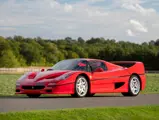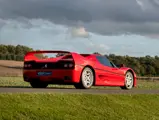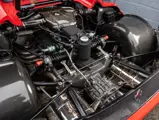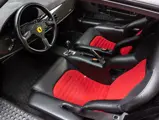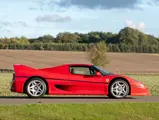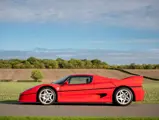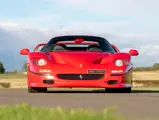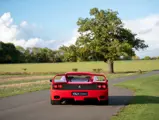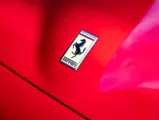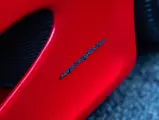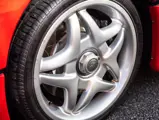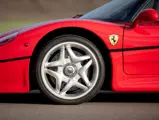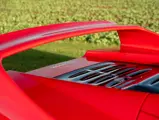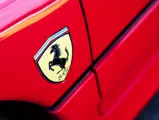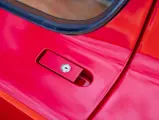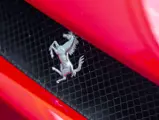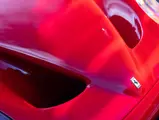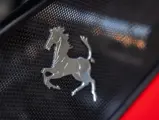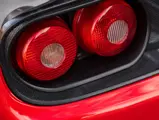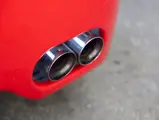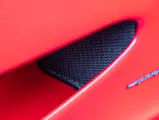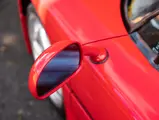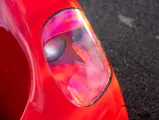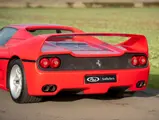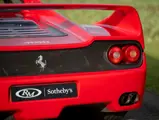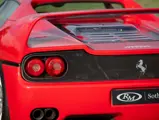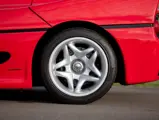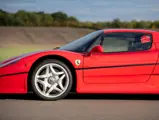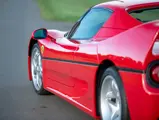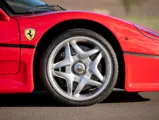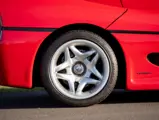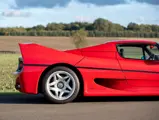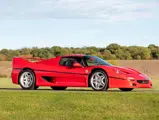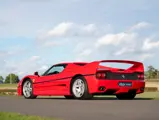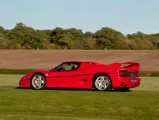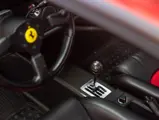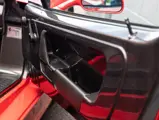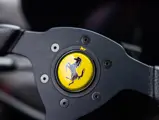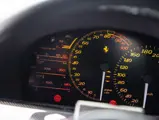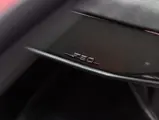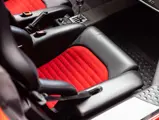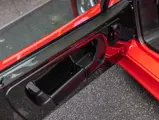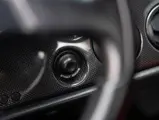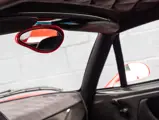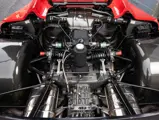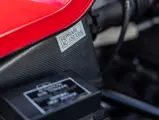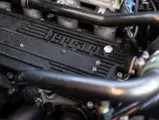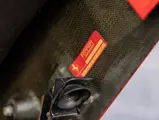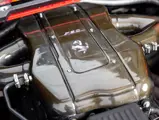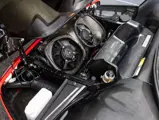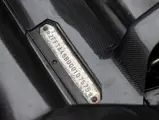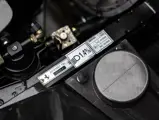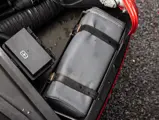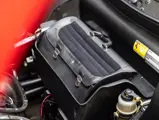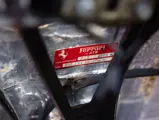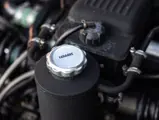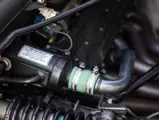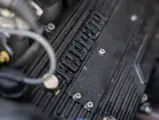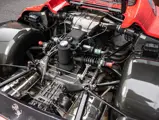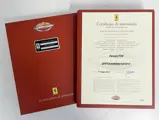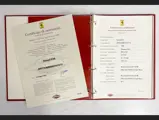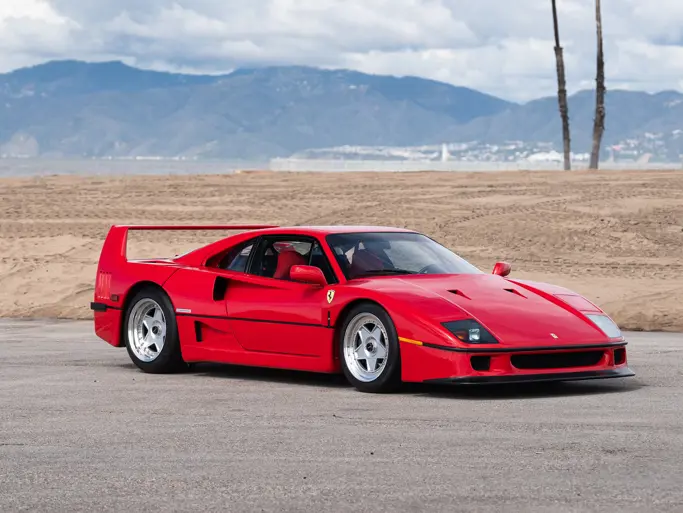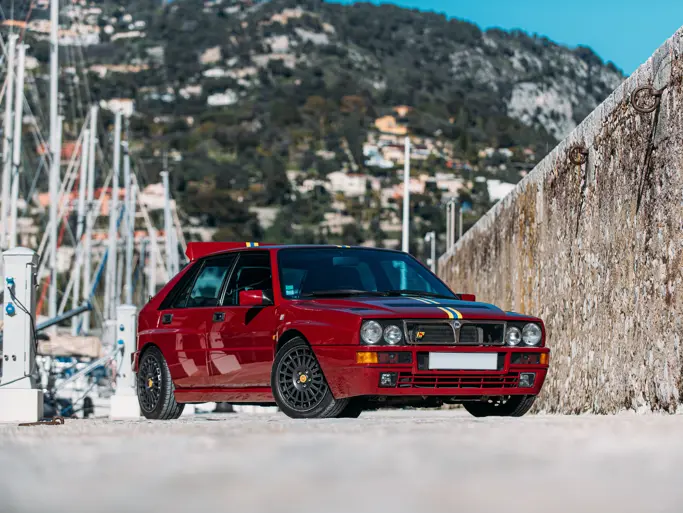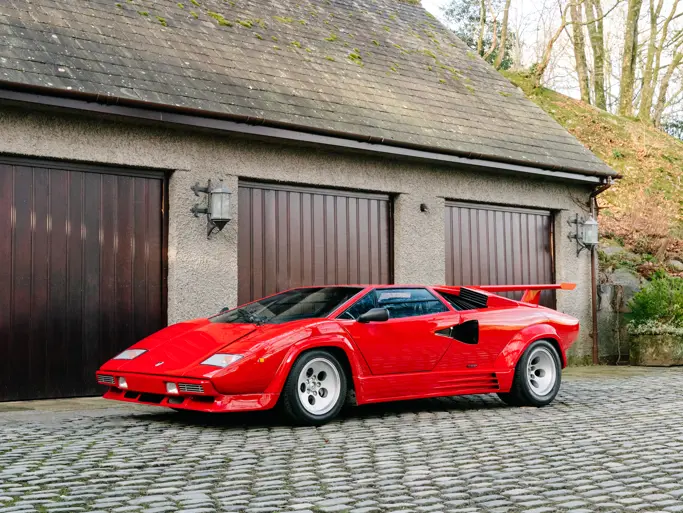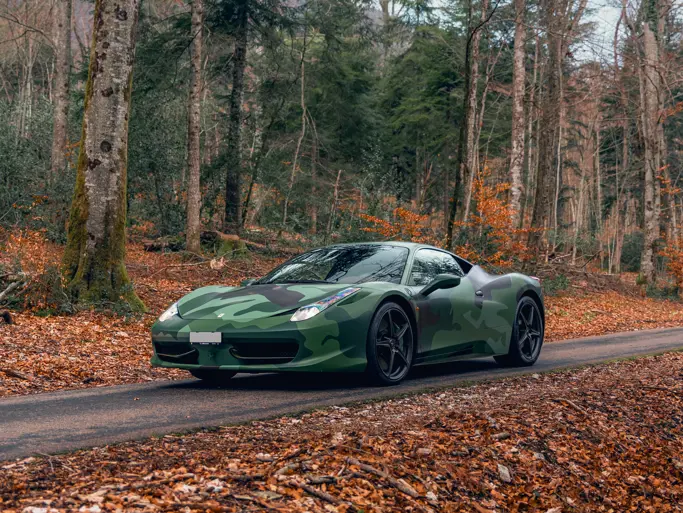London 2022
1997 Ferrari F50
Offered from The Gran Turismo Collection
{{lr.item.text}}
£3,250,000 - £4,000,000 GBP | Not Sold
 | London, United Kingdom
| London, United Kingdom
{{internetCurrentBid}}
{{internetTimeLeft}}

- Part of The Gran Turismo Collection since 2006
- One of three post-production F50s commissioned for the household of the Sultan of Brunei
- Built to commemorate the 50th anniversary of the Maranello marque
- F1-inspired design with a carbon fibre monocoque, a manual gearbox and V-12 engine
- Ferrari Classiche certified with accompanying “Red Book”
- Service history includes invoices totalling almost £70,000
- Accompanied by a Barchetta tonneau cover, roll hoops, Schedoni suitcase, soft-top, and storage box for roof panel
When Maranello pulled the wraps off the brutal 288 GTO at the Geneva International Motor Show in 1984, it represented the beginning of a dynasty of limited-edition Ferraris of such colossal speed and ability that the term supercar was no longer sufficient. The GTO marked the birth of the Ferrari hypercar. It was followed in 1987 by the awe-inspiring F40, which in 1995 gave way to the third model in this incredible lineage: the F50.
By that time, the Italian firm’s key rival, McLaren, had released the sensational F1, a machine with a top speed of more than 230 mph that established new boundaries in terms of performance. Unfazed by this, rather than attempting to beat the British car’s astonishing statistics, Ferrari instead moved the goalposts. The resultant F50 was hailed as being as close as possible to a road-going Formula 1 car. It was a truly extraordinary machine.
Whereas previous Ferrari hypercars had relied on a twin-turbocharged V-8, the heart of the F50 was a naturally aspirated V-12. Designated “F130B”, the 4,699 cc unit was a development of the 3.5-litre device that had been employed to such great effect by Nigel Mansell and Alain Prost in the Scuderia’s Formula 1 machinery a few years earlier. Developing a phenomenal 513 horsepower at 8,500 rpm and 347 lb ft of torque, the 60-valve quad-cam could propel the F50 to 60 mph in an astonishing 3.6 seconds. The car’s top speed, meanwhile, was in excess of 200 mph. The F50 was about far more than straight-line performance, however. The Ferrari was designed to provide an experience unlike any other road car of its era — a brief that it accomplished with remarkable ease.
A pared-back masterpiece that dispensed with anything not essential to driving nirvana, the F50 shone as much from what it lacked as from what it included. The cockpit was austere and devoid of fripperies. There were two deeply bolstered leather-trimmed seats, a comprehensive set of digital instruments ahead of the wonderfully tactile three-spoke wheel, and the trademark open-gate manual gear change. And in terms of interior appointments, that was about it. Although the colossal heat generated by the engine meant air conditioning was a necessary luxury, the windows were manual, there was no power steering, and no servo-assistance or ABS for the brakes. Nor, of course, was there a stereo: in-car entertainment was provided by the awe-inspiring howl of the incredible dry-sump V-12.
Like that of its Formula 1 stablemates, the F50 power unit was a load-bearing element to which the six-speed manual transmission and rear suspension were directly attached. As with the Scuderia’s Grand Prix cars, the suspension was by double wishbones, with the horizontally mounted inboard springs and electronically controlled active dampers actuated by pushrods. Speedline rear wheels 13 inches wide transmitted power to the road via 335/30 ZR18 tyres (those at the front being 245/35 ZR18). This entire sub-assembly was bolted directly to an F1-inspired carbon fibre monocoque (codenamed Tipo F130BD) produced by Cytec Aerospace. A radical advance compared to the spaceframe of the F50’s predecessors, the futuristic and immensely strong tub was clad in cutting-edge composite panels styled by Pininfarina.
Drawing influence from the F40, as well as Pininfarina’s Testarossa-based Mythos concept of 1989, the F50 was more curvaceous and less aggressive than its forebear. As befitting the ethos of a Grand Prix car for the road, however, the designers’ primary concern had been aerodynamic efficiency rather than skin-deep beauty. A beguiling array of ducts and vents that sliced into a pared back skin, the F50 body employed state-of-the-art techniques to ensure it remained as stable at 200 mph as it was arresting at standstill. Familiar design cues carried over from its older siblings included the quad circular rear lights, satin-black waistline detailing, and transparent Perspex engine cover. The crowning jewel was, of course, the vast rear wing.
In a departure from earlier Ferrari hypercars, the F50 was the first to include a removable hardtop, enabling the car to be transformed from fixed-head berlinetta into roofless spider—meaning the amazing soundtrack of the F1-derived power unit could be experienced completely unfettered. The feature would not be repeated on Maranello’s flagship models until the LaFerrari Aperta of 2016. The F50 was also the marque’s first hypercar to be offered in a range of colours: Rosso Corsa remained the most popular choice, but Argento Nürburgring, Giallo Modena, Nero Daytona, and Rosso Barchetta, were available as alternatives.
Finished in Rosso Corsa with black interior, chassis 107575 is one of three special “post-production” F50s commissioned by HRH Prince Jefri, brother of the Sultan of Brunei. It is believed that originally the car was to be converted to right-hand drive, but a change of plan meant that, like the 349 regular production cars, it remains in left-hand drive configuration. After being delivered to Pininfarina for conversion in February 1997, it was later sold via Cars International Associated to a British buyer the following year.
During its early life, chassis 107575 was registered in the UK before moving to Sweden, but met with very little use. The Ferrari was purchased by the current owner from a dealer in Germany in 2006, at which point it had covered a mere 700 kilometres. The vendor has since added nearly 20,000 kilometres to the total, with the reading at the time of cataloguing just 20,149 kilometres. During this time, the car has been equipped with a stainless steel Tubi performance exhaust and maintained by Ferrari specialists including Joe Macari of London. Invoices indicate that the F50 received a replacement fuel tank and refaced cylinder heads as part of a £67,000 overhaul in 2019. The car also underwent Ferrari Classiche certification, and is presented today with its coveted “Red Book”. During cataloguing it was noted that all of the exterior body panels feature their manufacturer tags, positively endorsing the originality of this wonderful F50.
Importantly, this F50 is presented with its roof box, Barchetta tonneau cover with roll hoops, Schedoni suitcase, wheel nut socket and tyre inflator. In addition, the original exhaust has been kept with the car so it can be returned to factory specification.
The F50 is now one of the most coveted Ferraris, in part thanks to it being the only naturally aspirated hypercar fitted with a manual gearbox to leave the Maranello factory gates. This example carries a fascinating early story, continued with being part of The Gran Turismo Collection. All that it awaits is to join another garage full of great cars.

